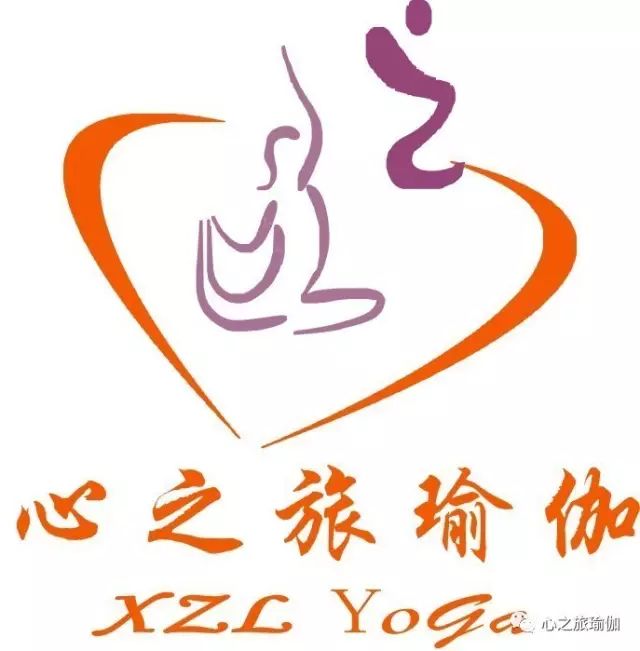The neuromodulation of muscle changes, resulting in muscle spasm and pain
. 
5
.
The accumulation of muscle metabolites, such as lactic acid, during intense exercise
.
Start from the beginners’ class, and gradually go back to the more difficult class, otherwise the body can’t stand, can’t stick to, maintain a certain frequency every week
.
It’s recommended to start with three times a week, then gradually increase to 1-2 hours a day
.
2
.
The static stretching exercise for the parts prone to soreness, keeping stretching and deep breathing, and taking a rest after the exercise, will help to relieve muscle spasm and pain
.
Deep and soft breathing combined with postural practice is the most effective way to avoid muscle tissue damage and relieve pain
.
What are the methods to prevent muscle soreness and relieve it? 1
.
When doing asana exercise, try to avoid concentrating on a certain part of the body for a long time, excessive single training and overweight
.
6
.
In addition to the position, we should also pay attention to the whole blood circulation, which helps to prevent local body fatigue
.
Severe soreness: obvious soreness and muscle stiffness
.
3
.
With the purpose of building a professional, accurate and safe teaching platform, we gather a team of professional tutors certified by international famous teachers to set up teaching courses that are synchronized with the international leading ones
.
2
.
There are three levels of muscle soreness
.
Mild soreness, soreness and stiffness when touching and pressing fingers
.
5
.
According to different physique, different health conditions, reasonably arrange the number of postures and exercise load
.
And those who insist on Yoga all the year round generally don’t have muscle soreness
.
Muscle soreness is related to strong stretching and contraction, especially if you don’t exercise for a long time and suddenly come to practice with high intensity, you can easily feel it
.
2
.
▎ Ashtanga Yoga (breathing, strength, physical strength) ▎ Hatha Yoga (stretching, health, slimming) ▎ Flow Yoga (Flow Yoga – Fluency, breath, slimming) ▎ Yin Yoga (dredging meridians, regulating internal system, decompression) ▎ Pilates (strength, toughness, coordination) ▎ ball yoga (body shaping, balance, core) ▎ Iyengar yoga — precise, in place, safe, dance Yoga — beauty of softness, internal power and rhyme, yunchan Yoga — science, conditioning and repair, body fly Yoga — efficient relaxation, healing, slimming and fun, Tel: 0752-7168995 13360839 686 (the same number as wechat).
.
Do warm-up preparation activities, so as to reduce the rigid parts of the exercise rigid rigid rigid, avoid spasm phenomenon
.
People with weak constitution can apply hot towel to improve blood circulation, relieve spasmodic pain and delayed pain
.
Why does muscle ache produce? 1
.
3
.
The xzlyoga focuses on the application of Yoga regimen to make your exercise correct! Safe! Efficient! In class, students often ask, teacher, after yoga, my muscles ache, is this normal? A question, the original did not practice for a long time, practiced a difficult yoga class, of course, it will be sore
.
Which level do you feel? 1
.
The metabolism intensifies, the human body mineral calcium potassium and so on loses
.
6
.
People who often take part in asana sports can take vitamin supplements from fruits
.
7
.
Yoga practice should be carried out step by step, paying attention to the intensity and frequency
.
The rapid increase of muscle strength leads to physical damage of muscle fiber structure
.
4
.
Moderate soreness: there are soreness and stiffness in limb flexion and extension
.
Muscle injury is the premise of injury
.
3
.
After intensive exercise, the blood supply of muscle tissue is insufficient, which is caused by local ischemia
.
According to the principle of kinematics, muscle soreness occurs during a period of intensive exercise
.
4
.


